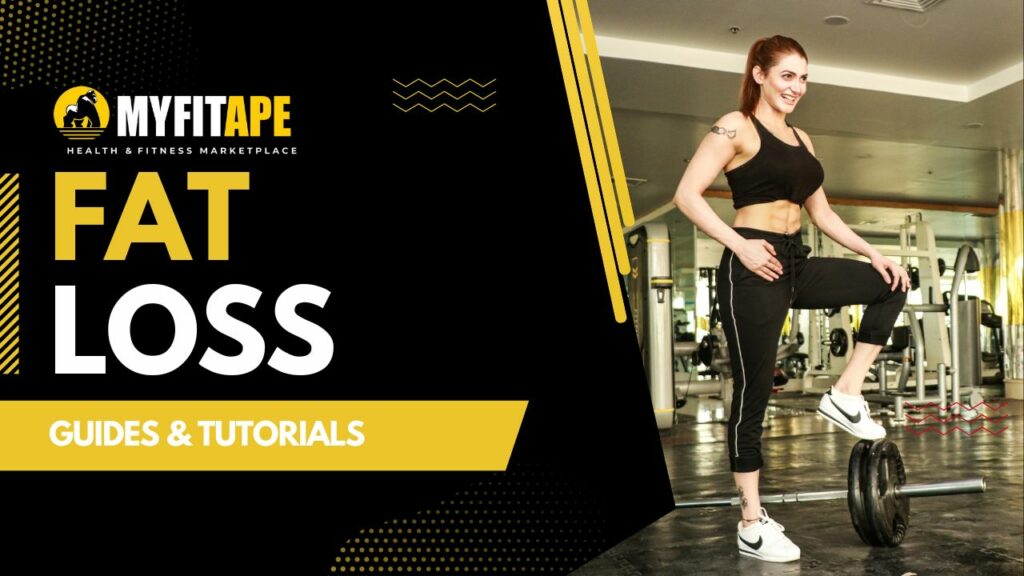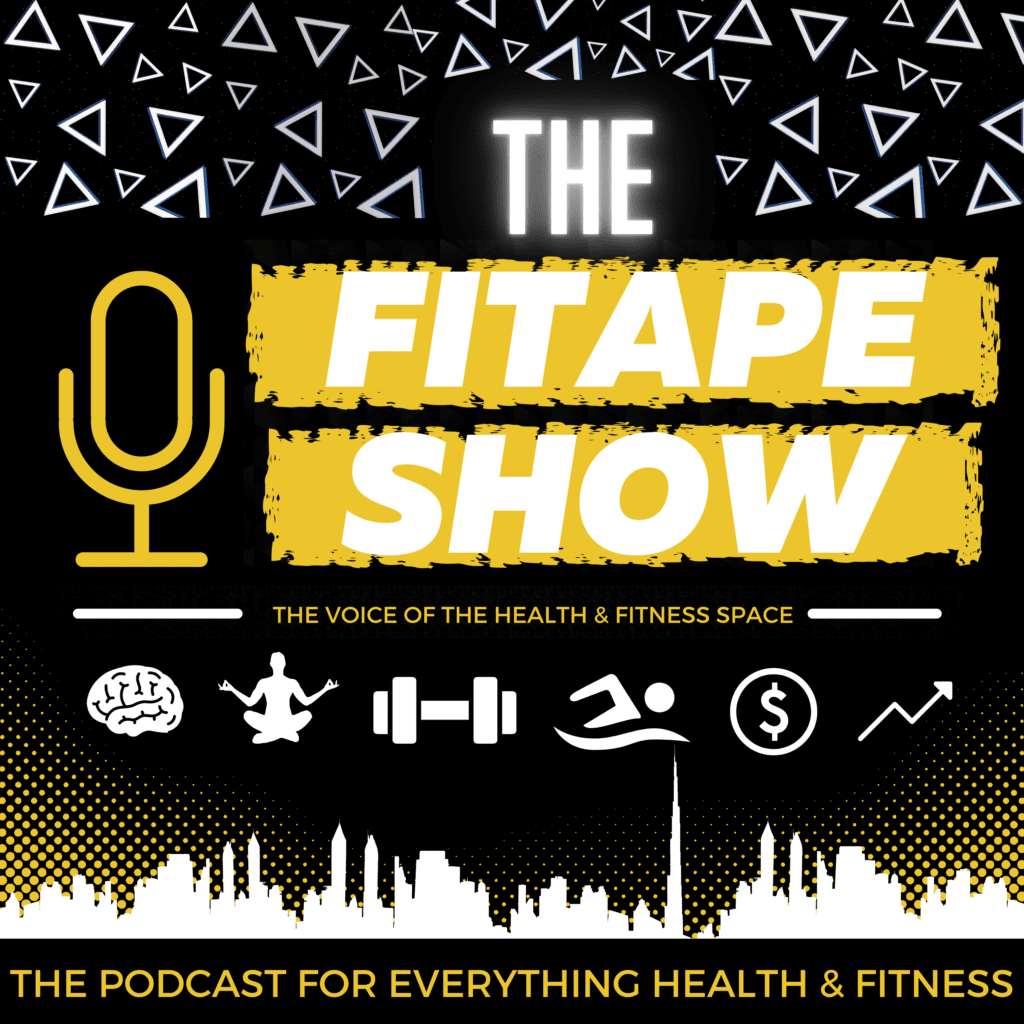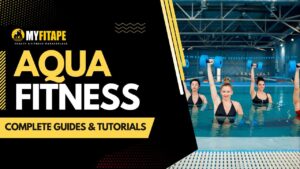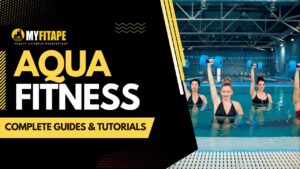Working out for fat loss starts with a commitment and a plan. This guide will get you started on the right foot by outlining the basics of fat loss and giving you a plan for getting fit that you can customize based on the equipment you have access to, your experience level, and your goals.
Getting Started
The first step to working out for fat loss is to take inventory of the equipment you have access to, or plan to buy. Home gyms, exercise equipment, or a membership to a gym are all potential options. You should also consider whether or not you’d like to work with a personal trainer to help guide you through your exercise program.
Once you have the equipment you need and a plan of action, create a schedule that makes sense for your lifestyle. Aim to work out 3-5 times a week. Depending on your goals, you may find that you want to work out more, or less, than that.
Finally, set realistic goals. A goal to lose 10 pounds in a week is not a realistic expectation. Decide on short term, attainable goals and stick to them.
Types of Exercise: Aerobic and Anaerobic
There are two main types of exercise that you should use in your fat loss program: aerobic and anaerobic.
- Aerobic exercise is activity that increases your heart rate and causes a longer period of moderate strain on the body. Examples of aerobic exercise include jogging, swimming, cycling, and rowing.
- Anaerobic exercise is activity that increases your heart rate and causes a shorter, more intense period of strain on the body. Examples of anaerobic exercise include weightlifting, sprinting, and HIIT (high-intensity interval training).
A complete fat loss workout program should include both types of exercise.
Diet and Nutrition
The second piece of the puzzle is nutrition. Your diet should focus on whole, unprocessed foods that are rich in protein and healthy fats. Eating fewer carbohydrates and more fat and protein will help your body burn fat for fuel.
It is also important to drink plenty of water, get enough sleep, and limit your alcohol consumption.
FAQs
How often should I exercise?
Most people should aim for 3-5 days a week of exercise for fat loss. Depending on your goals and experience level, you may decide to work out more or less than that.
What types of exercise should I do?
Your fat loss program should include both aerobic and anaerobic exercise. Examples of aerobic exercise include jogging, swimming, cycling, and rowing. Examples of anaerobic exercise include weightlifting, sprinting, and HIIT (high-intensity interval training).
How important is diet and nutrition?
Diet and nutrition are just as important as exercise when it comes to fat loss. Eating whole, unprocessed foods that are rich in protein and healthy fats and limiting carbohydrates will help your body burn fat for fuel. It is also important to drink plenty of water, get enough sleep, and limit your alcohol consumption.
What are the basics of proper nutrition for fat loss?
The basics of proper nutrition for fat loss begin with a balanced diet that is centered around whole, nutrient-dense foods. This means eating a wide variety of fruits, vegetables, legumes, whole grains, and lean proteins. Consume healthy fats like nuts, seeds, and plant-based oils. Reducing or avoiding processed foods and added sugars and sodium can also help reduce calorie and fat intake. Lastly, practice mindful eating which includes paying attention to hunger cues, eating slowly and savoring meals, and staying mindful of portion sizes and balancing meals with adequate protein, carbohydrates, and fats.What should be the average duration and frequency of a beginner’s workout routine?
Beginner’s should start with an average of three days per week of moderate-intensity exercise for 30 minutes per session. Gradually progress to five days per week of exercise and increase intensity and/or duration as you become more conditioned and comfortable with exercise.What types of rest and recovery are necessary for fat loss?
Unwinding and rest enable the body to recuperate and adapt to the strain of exercise. Proper recovery also helps to restore energy and muscle glycogen stores, repair tissues, reduce inflammation and metabolic stress, as well as decrease the risk for injury.To facilitate Fat Loss, an individual should ideally practice certain recovery strategies, such as proper sleep hygiene, adequate hydration, soft-tissue work such as foam rolling, stretching, massage, and active recovery through lower-intensity activities like walking, swimming, or yoga. Likewise, dietary adjustments such as optimal macros and reducing processed foods may help to further support a successful fat-loss journey.





